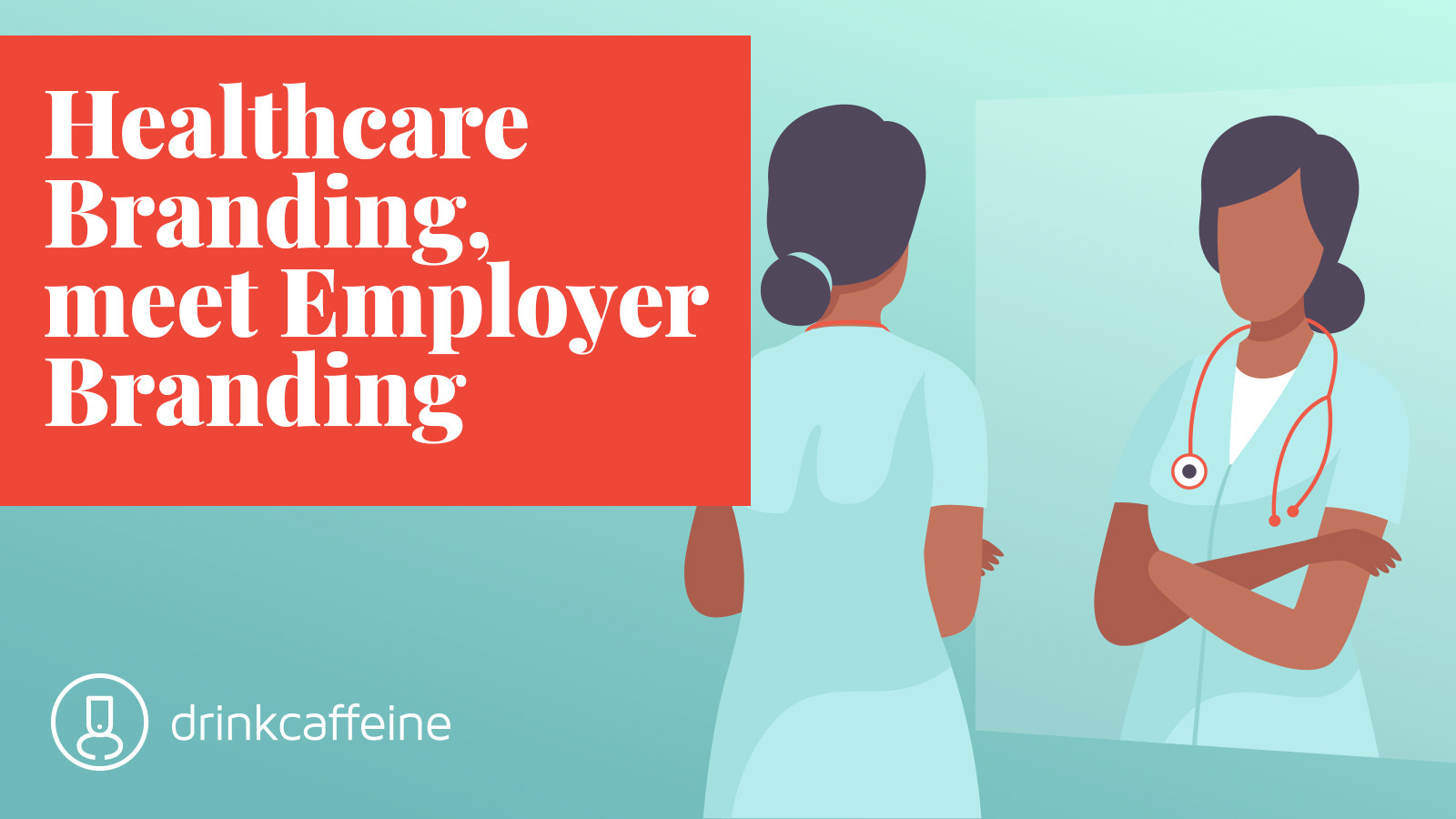Mainstream consumer brands have known for a long time that their brand identity as an employer has HR and operational value, not just consumer value.
Southwest Airlines, for example, has found that attracting and keeping good pilots and staff demands strong branding, inside and out.
Healthcare is no different. And, given the acute industry-wide labor shortages we now see, it’s time for healthcare marketing professionals to create a stronger brand for the recruitment of quality applicants.
A handful (5) of initial steps
1. Create a Lead Generation tornado funnel. You know the funnel. At the top is Awareness. In the middle, Consideration. At the base, Selection. As job candidates journey deeper into the funnel on the way to becoming an employee, they should encounter branded content that keeps them moving forward. Video is an essential tool and, as we have blogged, Zoom can make it easy. The overall idea: Build a deck of content that reveals the identity of the organization and use it to maintain engagement with prospects in the funnel. (see #3).
2. Create an Employer Brand. You’d be surprised how many hospitals and health systems cannot name the 3-4 “pillars” or attributes that their brand rests upon. This is where marketing (and HR) can have a significant impact. Here’s a sample process:
-
-
Define goals and KPIs. For consideration: Applications. Quality of candidates. Content engagement. Try to have a KPI for each level of the funnel.
-
Assess Mission, Vision, and Culture. Surveying existing employees can provide a starting point.
-
Determine your Employer Value Proposition. Make a statement about what you stand for as an employer. And be truthful.
- Develop onboarding and retention. Map the 1st 100 days for a new employee. Use mentors and milestones. Recognition and validation are critical. Cultural immersion is the goal.
-
3. Create a Content Marketing program. Branded content should be used to reveal the intellect and personality of your brand as an employer. The tone may change by audience, but the brand’s visual identity and positioning should be consistent Example: Our work for Humana/SeniorBridge has a clinical tone for providers and referral sources while content for prospective employees has a more human look and message.
4. Ask for Reviews – And Be Ready to Respond. Reviews affect recruitment, and healthcare branding lives (and dies) in social spaces where experiences are shared. Reviews matter – and the AMA agrees. So 1. Ask for reviews after every patient visit. 2. Develop policies for how you respond to positive and negative reviews. 3. Be alert to HIPAA privacy issues.
-
-
NOTE: Healthcare CRM platforms are important, and there are lots out there. But very few provide support with responding to harsh reviews. Be ready to respond to angry patients – even if it means a standard suggestion for a phone conversation.
-
5. Develop Care Signatures. Care signatures are powerful differentiators that set the brand apart. The best example of a care signature we’ve seen is at the COVID unit of (our client) Gaylord Specialty Healthcare. When a patient leaves the program, they get a standing ovation from fellow patients and staff
When you’re ready to start using information and creativity to solve healthcare marketing problems, contact us.


